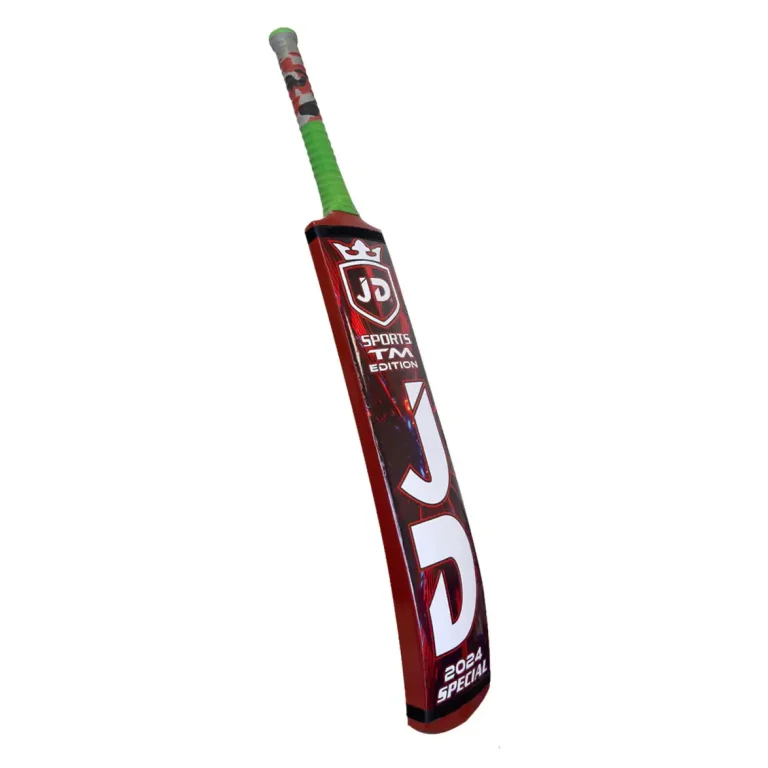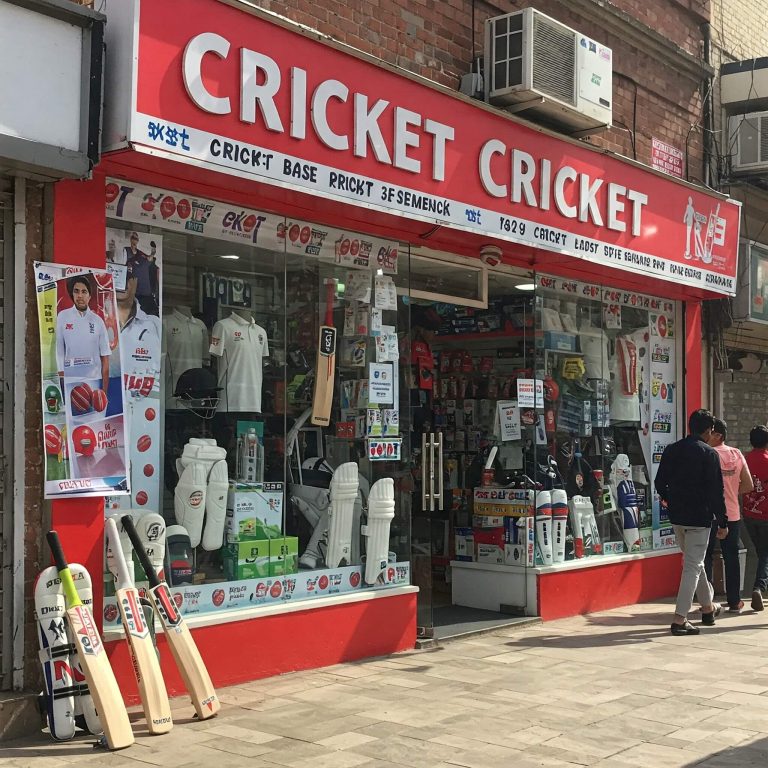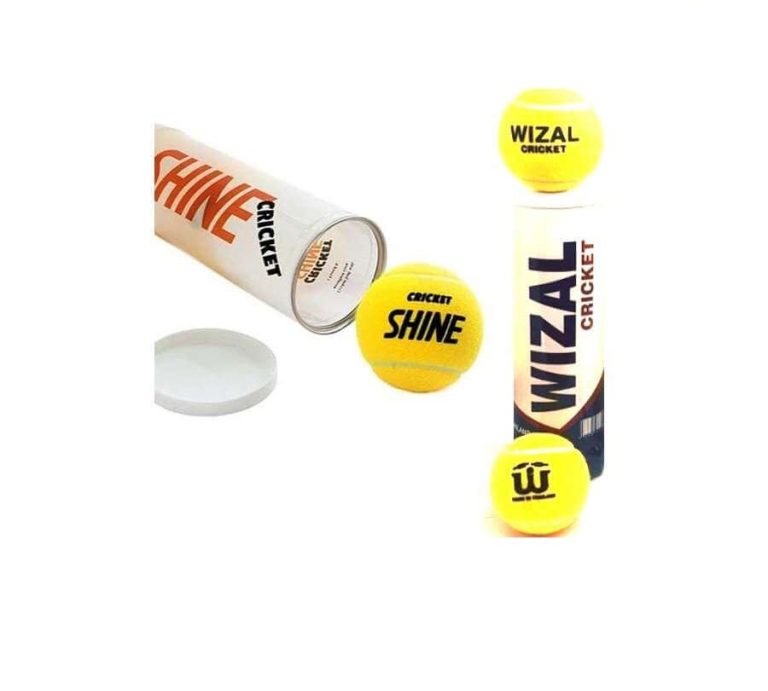BEST TAPE FOR TAPE BALL CRICKET
INTRODUCTION TO BEST TAPE FOR TAPE BALL CRICKET
A distinctive feature of tape-ball cricket is the tennis ball wrapped in Tape; this makes it different from other cricket games. It changes not only the characteristics of the ball but also how the ball is bowled. Tape is crucial during tape-ball cricket since it enhances control as well as the movement of the ball, whether for an intermediate or a professional player.

The quality of the wrapping tape can affect the durability, performance of the ball and even the overall experience of the game. On the other hand, low-quality Tape might give a rough experience while swinging and bouncing. In this article, we will discuss the tapes ideal for cricket tape balls and consider some factors such as strength and grip.
Best Tape for Tape Ball Cricket
The Tape used for wrapping a tennis ball is more than just a cover. It influences the ball’s movement, bounce, and even how it feels in the hand. Here’s a look at the best Tape for tape ball cricket.
Osaka Tape
One of the most popular choices among tape ball cricketers is Osaka tape, also known as “insulation tape” or “electrical tape.” This Tape is commonly used due to its durability, grip, and ability to withstand rough conditions. Osaka tape provides a smooth, consistent surface for the ball, and it offers the ideal balance between being tough enough to protect the ball and flexible enough to allow for proper seam movement.
Why it’s excellent for tape ball cricket:
- Durability: Because it is useful for enduring gameplay, Osaka tape is certainly durable.
- Grip: It allows the bowlers to spin or swing the ball by providing them with substantial grip.
- Affordability: Both casual competitors and teams are able to afford Osaka tape as it is inexpensive and easy to find.
Tip: When wrapping the ball with Osaka tape, make sure to cover the entire surface evenly. This ensures that the ball behaves consistently and maintains its shape.
PVC Tape
PVC tape is another popular choice among tape ball cricketers. It’s durable, has a strong adhesive, and provides an excellent grip for bowlers. PVC tape is more expensive than cloth tape, but its superior adhesion and durability make it a preferred choice for many players.
Why it’s excellent for tape ball cricket:
- Strong Adhesive: PVC tape sticks better and longer, ensuring the Tape stays intact even after many overs.
- Durability: It resists wear and tear and can withstand the rigours of high-speed bowling.
- Consistent Grip: Provides a solid grip on the ball, which is essential for both spin and fast bowlers who want control over the ball.
Tip: Use this Tape for serious tape ball cricket games where you expect extended play or adverse weather conditions.
Royal Tape
Royal Tape is often overlooked, but it can be a solid option for tape ball cricket, especially in terms of ease of use and affordability. This tape is lightweight, easy to apply and provides an adequate grip for basic tape ball cricket. It’s particularly suitable for casual or recreational games where you might be less concerned about long-term durability.
Why it’s excellent for tape ball cricket:
- Ease of Use: Royal tape is easy to apply and doesn’t require any unique technique.
- Lightweight: It only adds a little weight to the ball, maintaining its lighter nature.
- Availability: Royal tape is widely available and often cheaper than other options.
Tip: If you’re using Royal Tape, apply multiple layers for better grip and durability.
Tuff Tape
Tuff tape is another durable option commonly used for wrapping tennis balls in tape ball cricket. Tuff tape offers strong adhesion and resilience, making it an excellent option for rough conditions or when you need a ball that will last for multiple games. The downside of Tuff tape is that it can sometimes be too thick or stiff, which may limit its usefulness for swing bowling.
Why it’s excellent for tape ball cricket:
- Durability: Tuff tape is known for its longevity, meaning the ball will stay intact through many overs.
- Water Resistance: It holds up well in damp or humid conditions, which is a big plus for cricket players in tropical or rainy areas.
Tip: Be mindful of the thickness of the Tape; excessive layers can add too much weight, making the ball harder to bowl with.
How to Wrap a Tape Ball for Maximum Performance
No matter which Tape you choose, it’s essential to wrap your ball correctly for the best results. Here’s a quick guide on how to wrap a tape ball:
- Choose Your Tape: Select one of the recommended tape options, such as PVC tape, Osaka tape, or Royal tape.
- Start with a Good Tennis Ball: Begin with a high-quality tennis ball, as this will form the base of your tape ball.
- Wrap the Tape Evenly: Start at one point and begin wrapping the Tape around the tennis ball. Ensure the layers are even and that there are no wrinkles or overlaps.
- Focus on the Seam: When wrapping, pay extra attention to the seam area, as this will affect the ball’s movement when bowled.
- Apply Multiple Layers: Depending on the type of Tape, apply multiple layers to ensure the Tape is thick enough to last. However, be careful not to overdo it, as too much Tape can add extra weight.
- Check the Ball: After wrapping, check if the ball feels balanced. It should be neither too heavy nor too light and should offer a good grip.
FAQs
- What is the best Tape for bowlers who want to generate swing?
- PVC tape and royal tape are ideal for generating swing. These tapes balance durability and grip well, helping fast bowlers move the ball both ways.
- Can I use Tuff Tape for tape ball cricket?
- Yes, TuffTape is a good choice for casual games. It’s affordable, easy to apply, and provides an essential grip, but it’s less durable than other tapes like PVC or gaffer tape.
- Why does the choice of tape matter in tape ball cricket?
- The choice of Tape affects how the ball behaves in the air, how it grips the pitch, and its overall durability. Using the right Tape ensures you get the most out of your bowling and batting.
- Does the thickness of the Tape affect the ball’s performance?
- Yes, thicker tapes like Tuff tape or Osaka tape can add weight to the ball, which might slow down its pace. If you want to maintain speed, stick to thinner tapes like PVC or royal tape.
- How can I make sure my tape ball lasts longer?
- For durability, use tapes like gaffer or PVC tape, which are designed to withstand wear and tear. On other hand, make sure to apply the Tape evenly without any loose ends that could cause it to peel off during play.
- Can I use Tape from any brand?
- While many brands offer good-quality Tape, it’s essential to choose tapes designed for heavy-duty use, such as royal or Osaka tape. Cheap brands might wear out faster and provide less grip.
Conclusion
Choosing the best Tape for tape ball cricket is crucial for enhancing your game, whether you’re bowling, batting, or fielding. The right Tape can help you get more control, generate better swing, and ensure the ball remains durable throughout the game. Royal tape and Osaka tape stand out as the top options for most players, offering an outstanding balance of durability and performance. Experiment with different types of Tape, and find what works best for your style of play!




